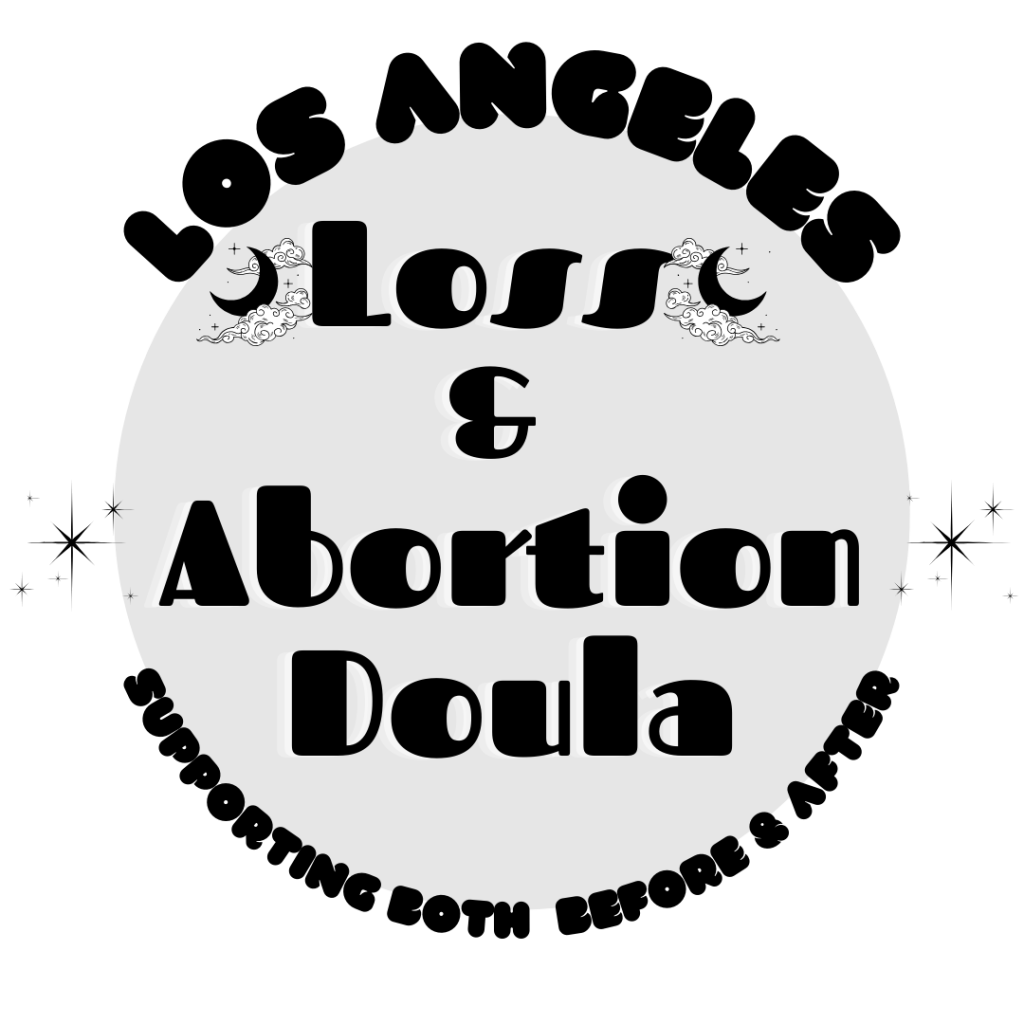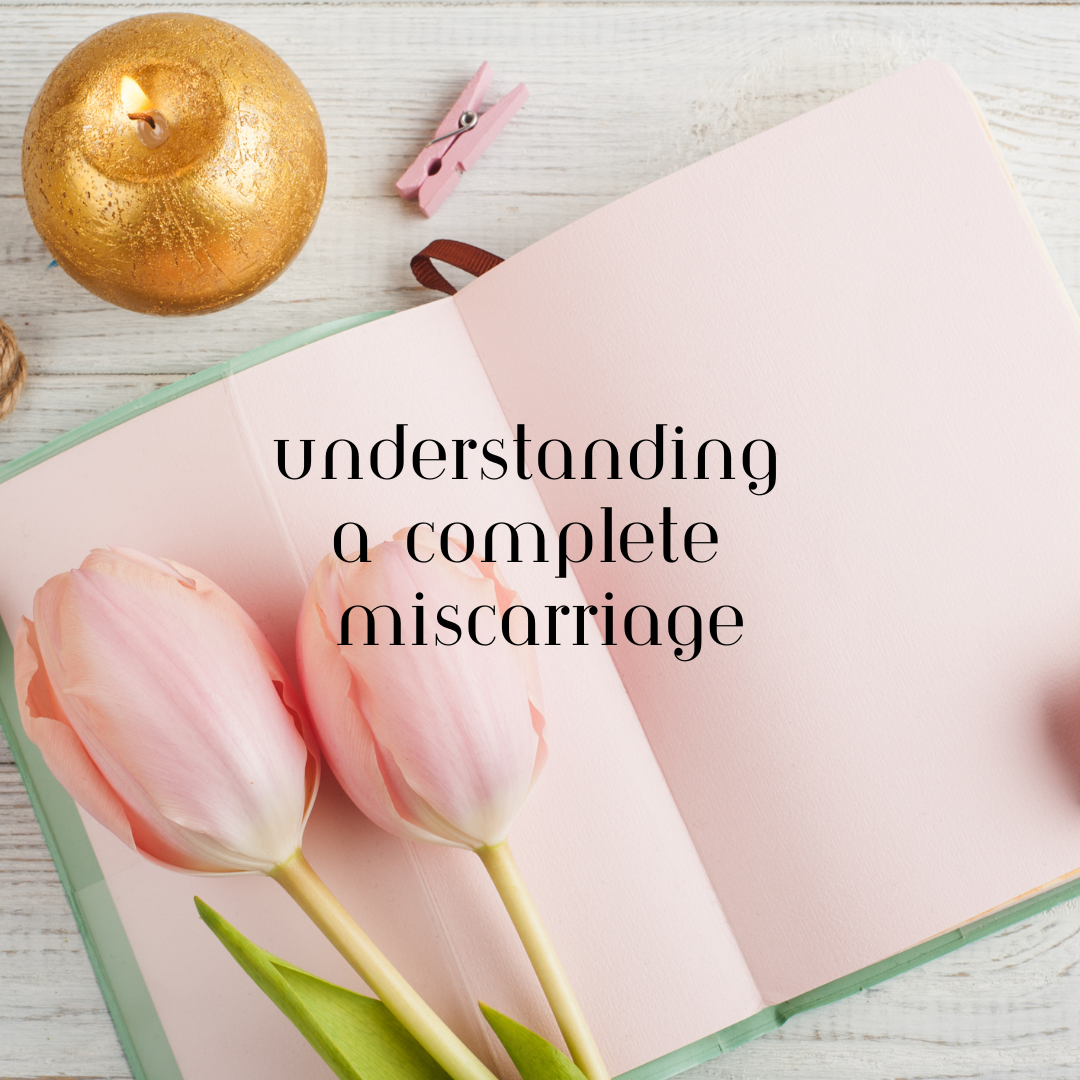Understanding a Complete Miscarriage: What It Means for You
Dear Mama,
I’m so sorry you’re facing this. A complete miscarriage happens when all the pregnancy tissue is expelled from the uterus. While it can bring physical relief, the emotional impact can still be very significant. Healing takes time, but know that you don’t have to go through it alone.
What Is a Complete Miscarriage?
A complete miscarriage happens when the pregnancy tissue has completely left the uterus. Typically, this involves heavy bleeding and cramping that leads to the passage of tissue. Once the tissue has been expelled, the bleeding and cramping should subside.
It’s important to remember that even after the miscarriage is complete, your body still needs time to heal both physically and emotionally.
How Is It Diagnosed?
A complete miscarriage is often diagnosed based on:
- The cessation of heavy bleeding and cramping
- A physical exam to confirm that the uterus is empty
- An ultrasound to ensure there is no remaining tissue
- Monitoring hormone levels (hCG) to ensure they are returning to pre-pregnancy levels
Once the miscarriage is confirmed complete, your healthcare provider will guide you through the recovery process.
How to Care for Yourself
While the physical recovery can be quicker after a complete miscarriage, emotional healing still takes time:
- Rest and avoid any strenuous activity.
- Talk to a counselor, therapist, or doula to help process your grief.
- Give yourself time to grieve in your own way — there’s no right or wrong way to feel.
- Monitor your emotional and physical health closely in the weeks following the loss.
Be gentle with yourself. You’ve gone through a lot, and it’s okay to seek support whenever you need it.


Leave a Reply